Merengues Rellenos 1901 (Stuffed Meringues)
Cabrera de Azcárate, Lucía.Recetario de Tepetitlán. Puebla Manuscript, 1901 (published by CONACULTA in 2001 as part of the Coleccion Recetarios Antiguos). Pp. 98-99.
In 2001, CONACULTA issued new editions of several historical cookbooks, both published and manuscript. This particular manuscript cookbook was composed by Lucía Cabrera de Azcárate over the years from 1901 to 1922. Though originally from Puebla, Lucía married Francisco Azcárate of Cuernavaca. Due to her husband’s political duties, she moved between Puebla, Mexico City, and Cuernavaca over the next twenty years, and her cookbook shows diverse influences.
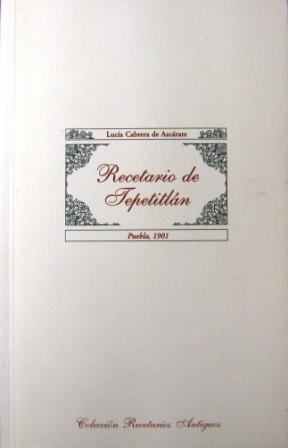
We’ll explore some of the more unusual recipes in future posts, but today we offer some simple baked meringues, topped with raisins or stewed fruit.
Merengues Rellenos
Se baten seis claras de huevo hasta que endurezcan, se les añade tres onzas de azúcar pulverizada y la raspadura de un limón, se menea muy bien hasta que la mezcla quede enteramente líquida y se echan cucharadas de ella a distancia de media pulgada en papel comodado en hojas de lata; se forman los merengues de la manera que se quiera, y se les deja un hueco en medio; se polvorean con azúcar fina y se ponen a cocer a un calor suave. Cuando estén levantados y hayan tomado color, se apartan del fuego y se les pone en medio una fruta cubierta o pasas y se cubre un merengue con otro.
Stuffed Meringues
Beat six egg whites until stiff peaks form. Add three ounces of powdered sugar and the zest of one grated lemon. Beat very well until the entire mixture is combined and then place spoonfulls onto metal baking sheets, at least half an inch apart. Form the meringues as you like, but leave a depression in the middle for the filling. Sprinkle with powdered sugar and bake at a gentle heat. When they have risen and achieve a good color, remove from the oven and fill with stewed fruit or raisins. You may cover each meringue with another.
In the Kitchen…
I used 3 egg whites, 1/3 cup powdered sugar, and the zest of one small lemon. After consulting Joy of Cooking, I decided to bake at 300*F for about 30 minutes. I felt “gentle” ought to mean low heat, but recipes that used less than 300* stated that the meringue would be white, and I thought that the phrase “hayan tomado color” or “take a good color” suggested that they ought to be golden, so this was a compromise between the low and high ends of the temperature scale. The result was a slightly-crispy exterior enclosing a marshmallow-like center. I did try some with raisins in the central depression, but I thought these were so good on their own that filling seemed entirely superfluous.

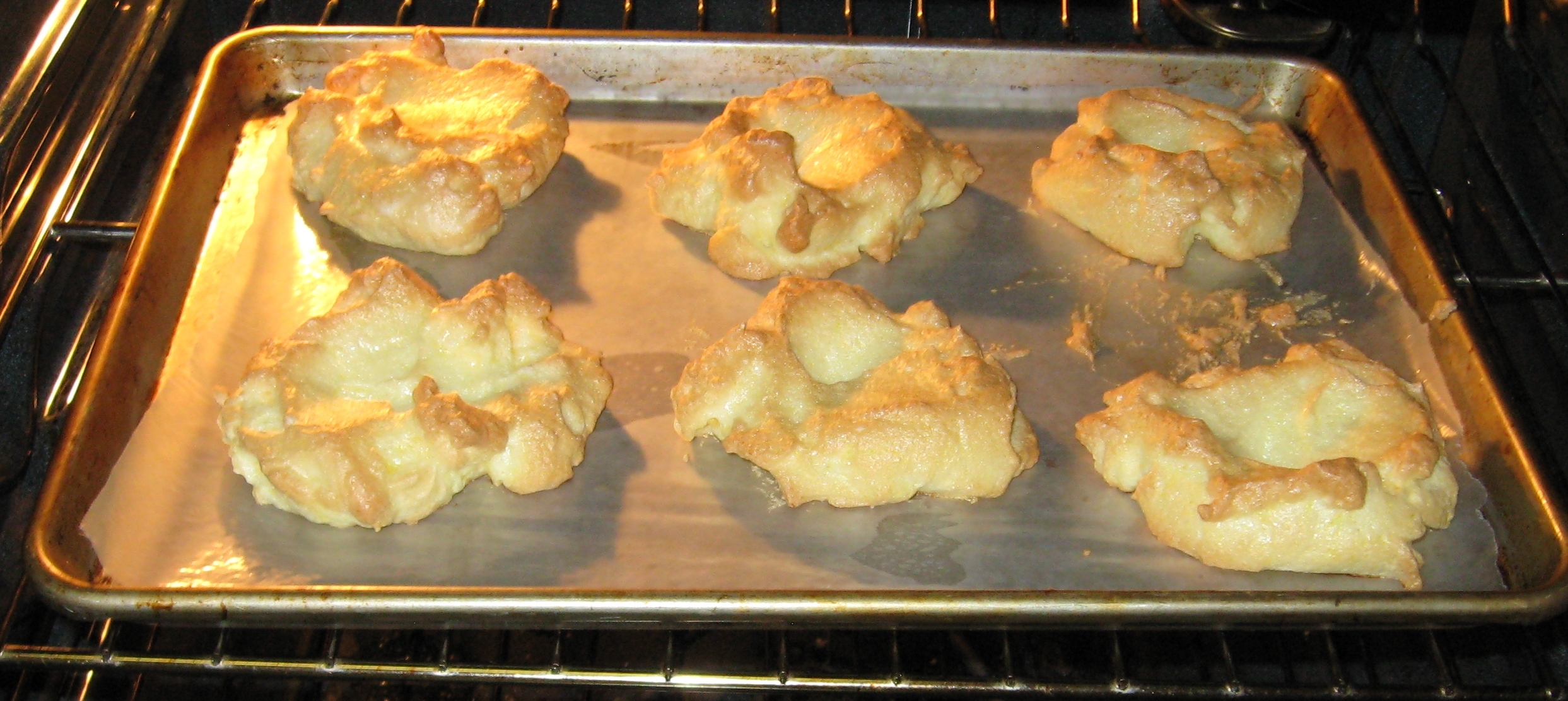
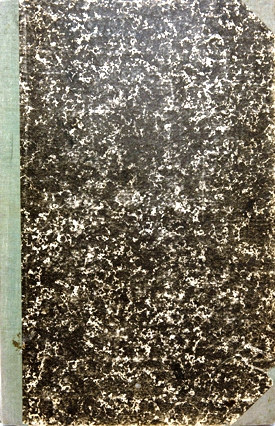
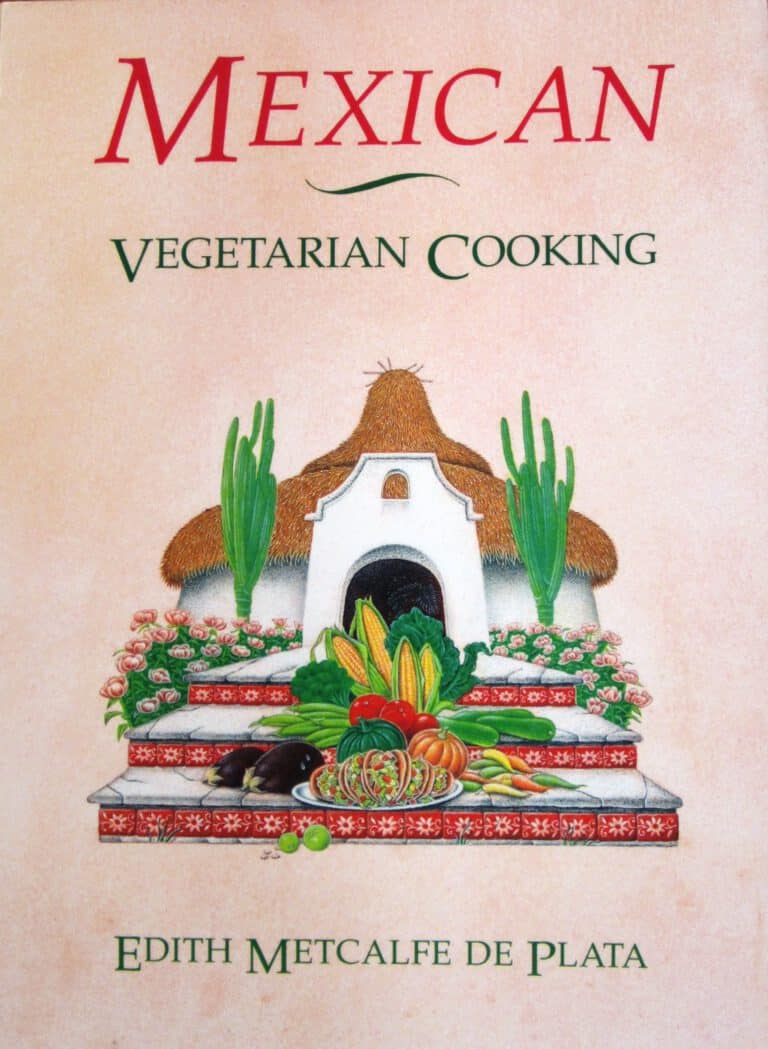
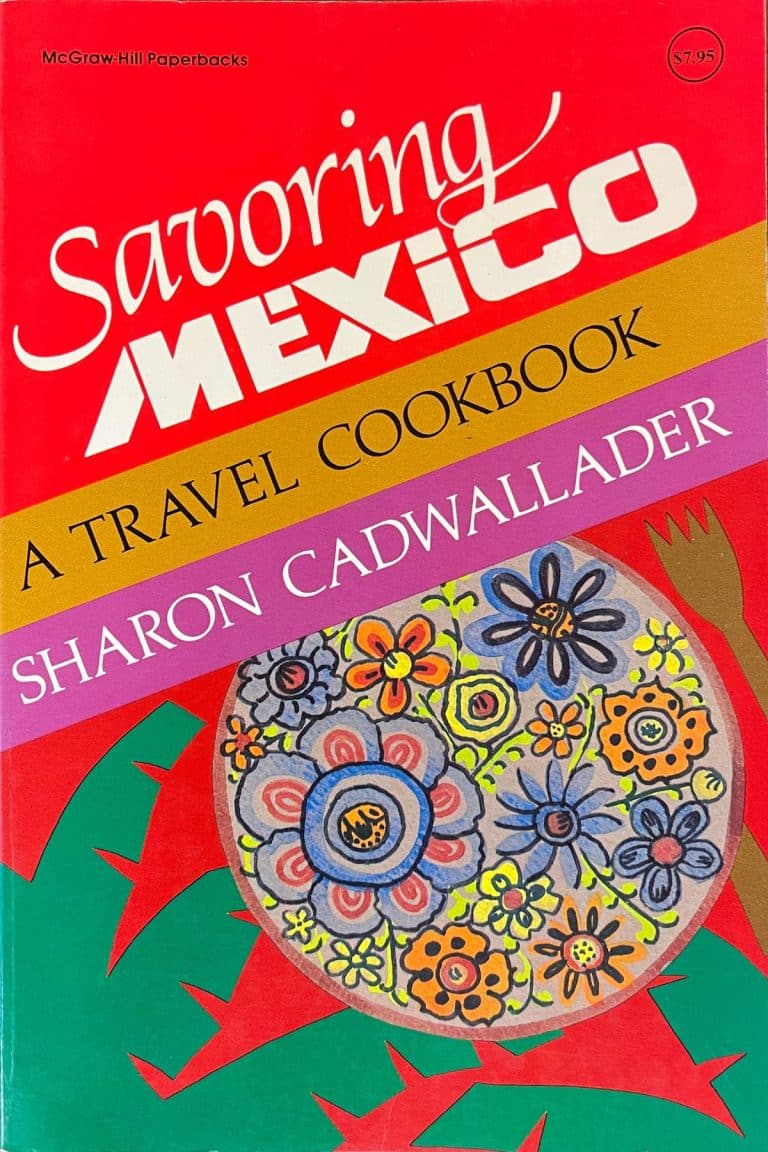
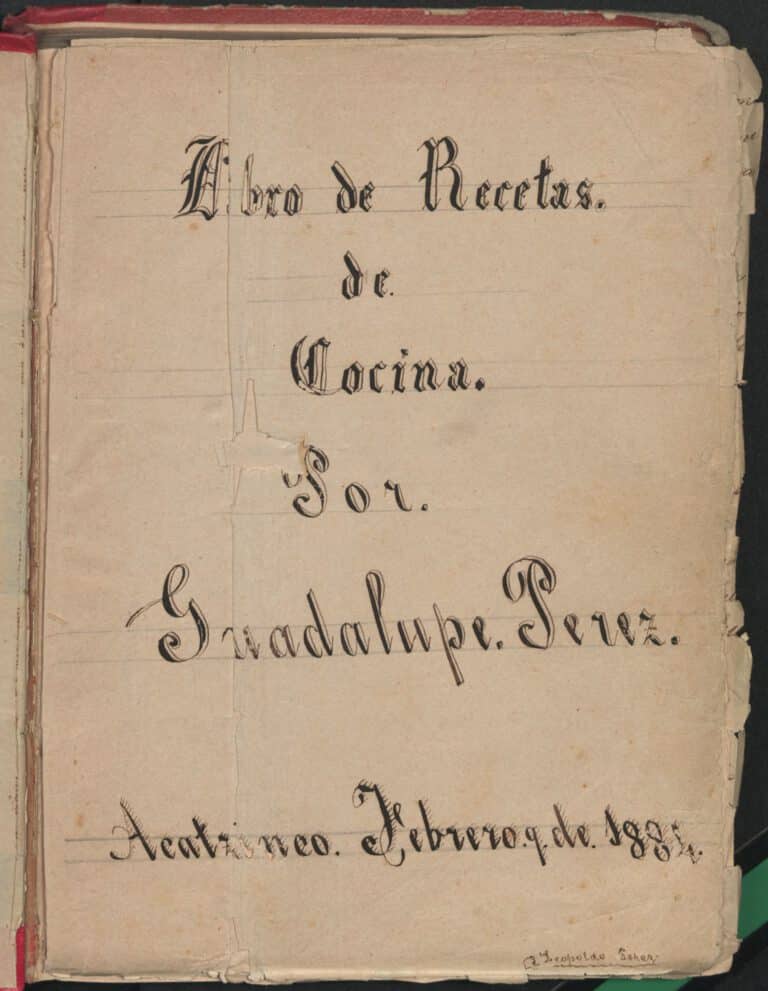
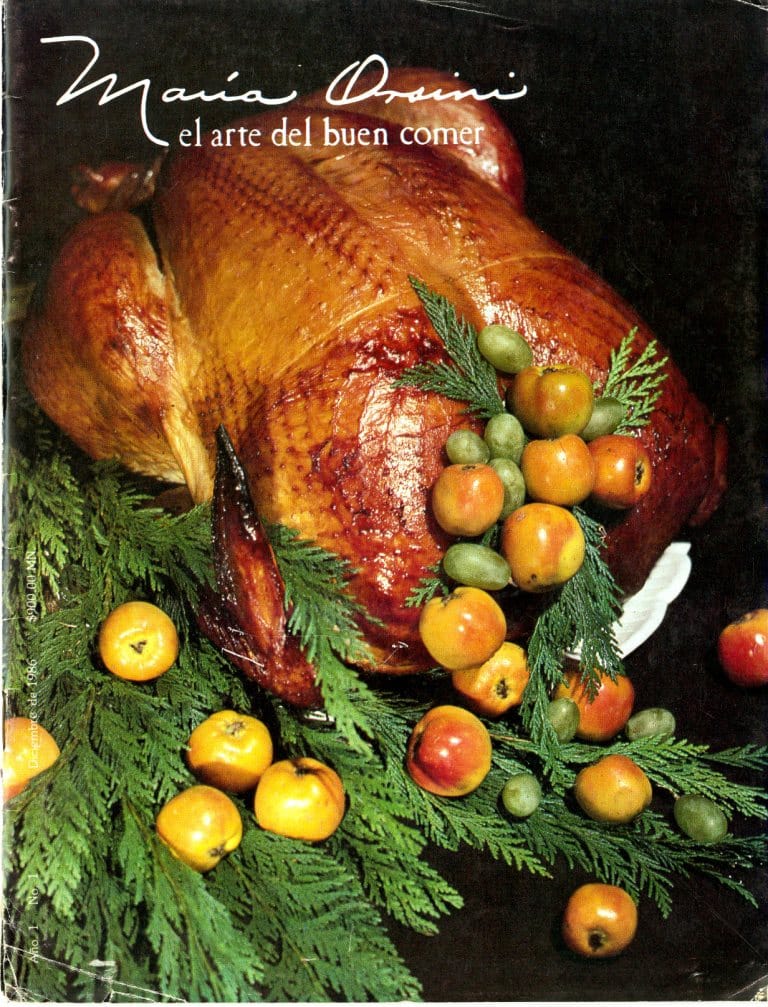

Sounds delicious! When the heat abates I might give these a try.